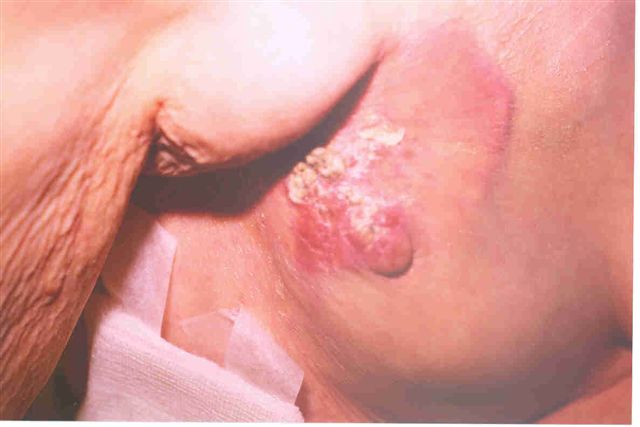It is quite common to see young women with breast lump worrying about cancer. This worrying should not be underestimated nor it should be blown out of proportion. Breast cancer in young women is uncommon. Again, one has to define what is young.
Definition of “young” is defined by different researchers as patients younger than 30, 35, 40 or even 50 years. This limits the amount of information you can gather because the number of cancers in each age group is not that high.
Here are few points to remember about young women who present with a breast lump.
Epidemiological studies in the U.S. show that 2.7 per cent of all cases of breast cancer occur in women ages 35 or younger and 0.6 per cent in women younger than age 30. According to a collective review article on this subject in the Journal of the American College of Surgeons (June 2008), women diagnosed at age 35 and younger tend to present at a more advanced stage of breast cancer and have poorer 5-yeare survival than older pre-menopausal women.
There are several concerns to be taken into consideration when a young woman is diagnosed with breast cancer. She will be worried about fertility, she will go into early menopause from the treatment and there will be psychological and emotional toll on the family, especially young children. The young lady will face a significant challenge to maintain her image and sexuality. The young patient needs to be treated as a whole and not as “just another patient with breast cancer.”
These days all patients (what ever their age or illness) are treated by multidisciplinary teams. The teams take into consideration all anxieties which may affect a patient’s treatment and outcome. But certain patients require special care and attention because of the uniqueness of their illness. Young women with breast cancers fall into that category.
Can we predict which young woman will get breast cancer?
The review article says there is currently no accurate tool for predicting breast cancer risk in young women. A Swedish population-based study found 48 per cent of women younger than 40 had a family history of breast or ovarian cancer. Another study has shown that breast cancer is less common in African-American women than Caucasian women but African-American women develop breast cancer at an earlier age and has worse prognosis than Caucasian women.
Why do young women present with later-stage breast cancers?
One of the reasons is that this population group is not screened as vigorously as the older women. Screening mammography is not recommended for women under 40 (low sensitivity and specificity due to dense breasts) and in fact it is controversial to screen women before the age of 50. In the last few years, some studies have discouraged women from doing breast self-examination (BSE). They argue that BSE leads to unnecessary biopsies.
The review article says, “Currently, it is recommended, although not specifically supported in the literature, that women with a family history of pre-menopausal breast cancer should begin mammographic surveillance 10 years before the age that their relative (i.e. mother, sister) was initially diagnosed.”
Some studies recommend doing an ultrasound alone or in combination with mammography to evaluate a breast lump in a young woman. There are other modalities being tried, such as digital mammography and MRI and these methods are showing promising results when one or more test are combined to evaluate a breast lump in a young woman.
The bottom line is, any suspicious dominant breast mass be biopsied even if the tests are negative. This principal applies whether the woman is young or old. Breast cancer in young women is uncommon but a breast lump in that age group should not be ignored but be thoroughly investigated.
Start reading the preview of my book A Doctor's Journey for free on Amazon. Available on Kindle for $2.99!
